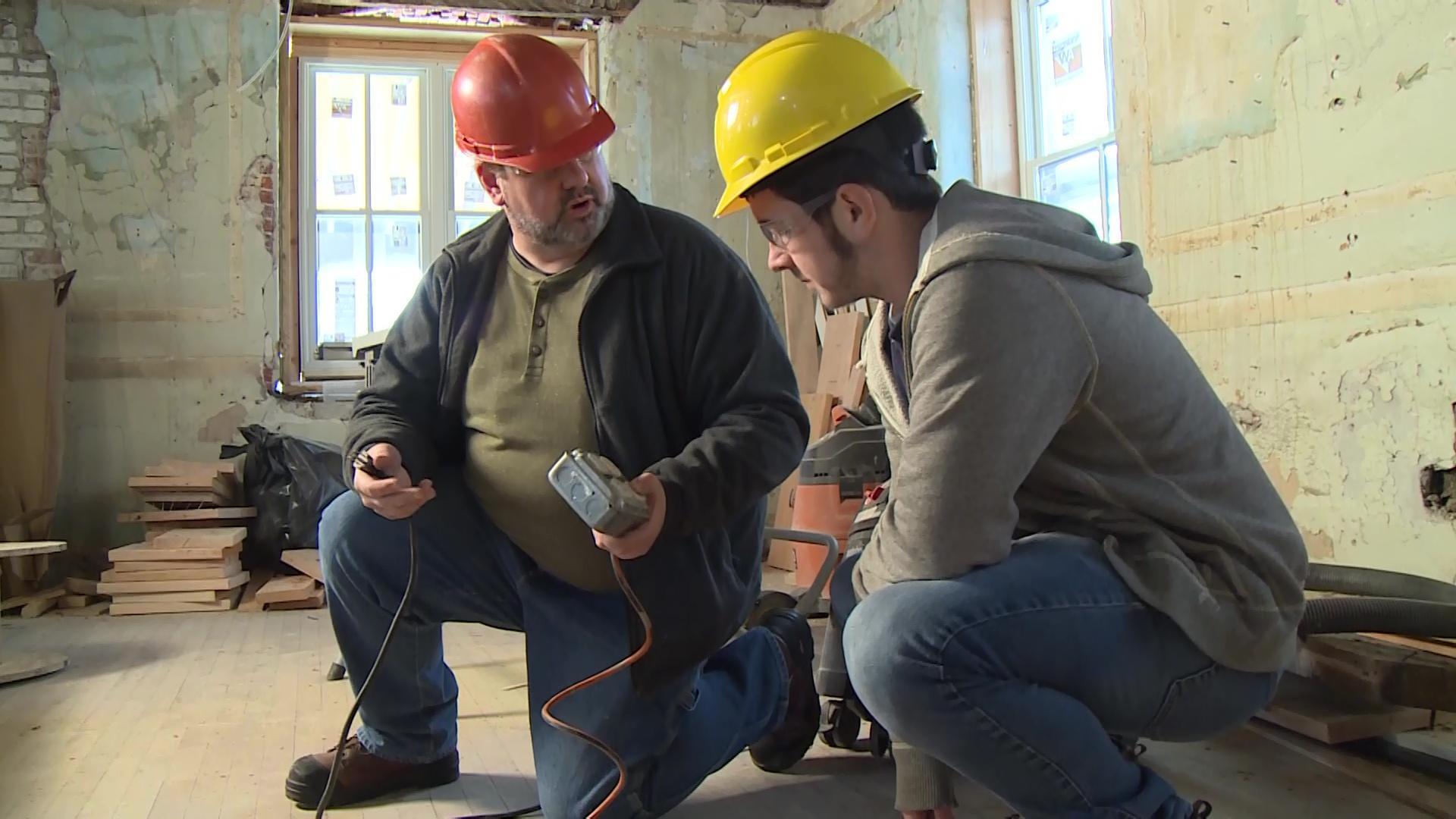Electrocution hazards are a serious threat in the workplace, particularly in industries that involve working with electricity. Electrocution, or electrical shock, can cause serious injuries and even death. Employers need to implement safety measures to protect their workers and prevent electrocution accidents.
One of the key ways to prevent electrocution hazards is by providing proper training and education for workers. This should include information on the dangers of electricity, the proper use of electrical equipment, and how to recognize and avoid electrocution hazards. In addition to training, employers should also provide workers with the appropriate personal protective equipment, such as rubber gloves and boots, to protect them from electrical shock.
Another important aspect of preventing electrocution hazards is properly maintaining electrical equipment. This includes regularly inspecting and testing equipment to ensure that it is in good working condition and does not pose a hazard to workers. Any damaged or faulty equipment should be repaired or replaced immediately to prevent accidents.
It’s also crucial to establish clear protocols and procedures for working with electricity. This includes identifying potential electrocution hazards and developing plans to mitigate them, as well as establishing procedures for safely shutting off power in the event of an emergency. Workers should be trained on these procedures and regularly reminded of the importance of following them.
In addition to these measures, employers should also implement a system for regularly reviewing and updating their electrocution prevention policies and procedures. This can help ensure that they remain effective and that workers know the latest safety guidelines.
Additionally, you may want to reference this 10-point checklist:
- Provide proper training and education on electrocution hazards.
- Provide workers with appropriate personal protective equipment.
- Regularly inspect and maintain electrical equipment.
- Identify potential electrocution hazards and develop plans to mitigate them.
- Establish clear procedures for working with electricity and shutting off power in an emergency.
- Regularly review and update electrocution prevention policies and procedures.
- Implement a system for reporting and addressing electrocution hazards.
- Ensure that all electrical equipment is properly grounded and meets safety standards.
- Keep the workplace free of clutter and other potential electrocution hazards.
- Conduct regular safety inspections and audits to identify and address potential electrocution hazards.
Overall, preventing electrocution hazards in the workplace requires proper training, equipment maintenance, clear procedures, and regular review and updating of safety policies. By taking these steps, employers can help protect their workers and prevent electrocution accidents.
Do you need Online Construction Safety Training?
Try a free demonstration of Electrocution Hazards in Construction Environments:










